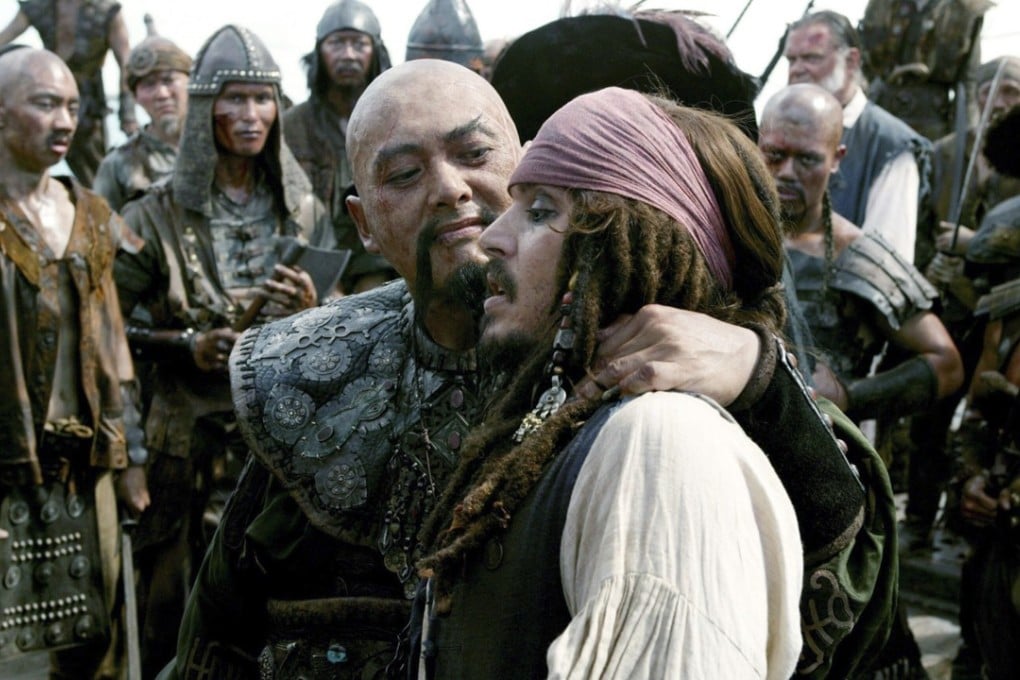What Johnny Depp, Chow Yun-fat and a Hong Kong pirate legend have in common
Cheung Po Tsai, who inspired Chow Yun-fat’s character in Pirates of the Caribbean 3, was captured by a pirate couple, was lover to both, and took over their fleet before joining the imperial navy, as a Hong Kong exhibition recalls

The fifth instalment of the popular Pirates of the Caribbean franchise is set for release this month, and the story of a real pirate who inspired an earlier character in the successful series is in the spotlight at the Hong Kong Maritime Museum.
The franchise’s third episode, 2007’s Pirates of the Caribbean: At World’s End, features a Chinese pirate captain, Sao Feng, played by Hong Kong actor Chow Yun-fat and modelled on Cheung Po Tsai, one of Hong Kong’s most notorious historical figures.
In the film, Sao Feng is a wily opportunist, quick to switch allegiance if it suits his needs. Accounts of Cheung’s life suggest the screenwriters had done their research.
“Cheung Po Tsai was a hard-headed businessman who needed to survive in a brutal world and make a profit,” says Dr Libby Chan Lai-pik, senior curator of the exhibition, “Pirates of the South China Sea: Chasing Cheung Po Tsai and Port Cities”, which runs until October 8 at the museum in Hong Kong’s Central district.
